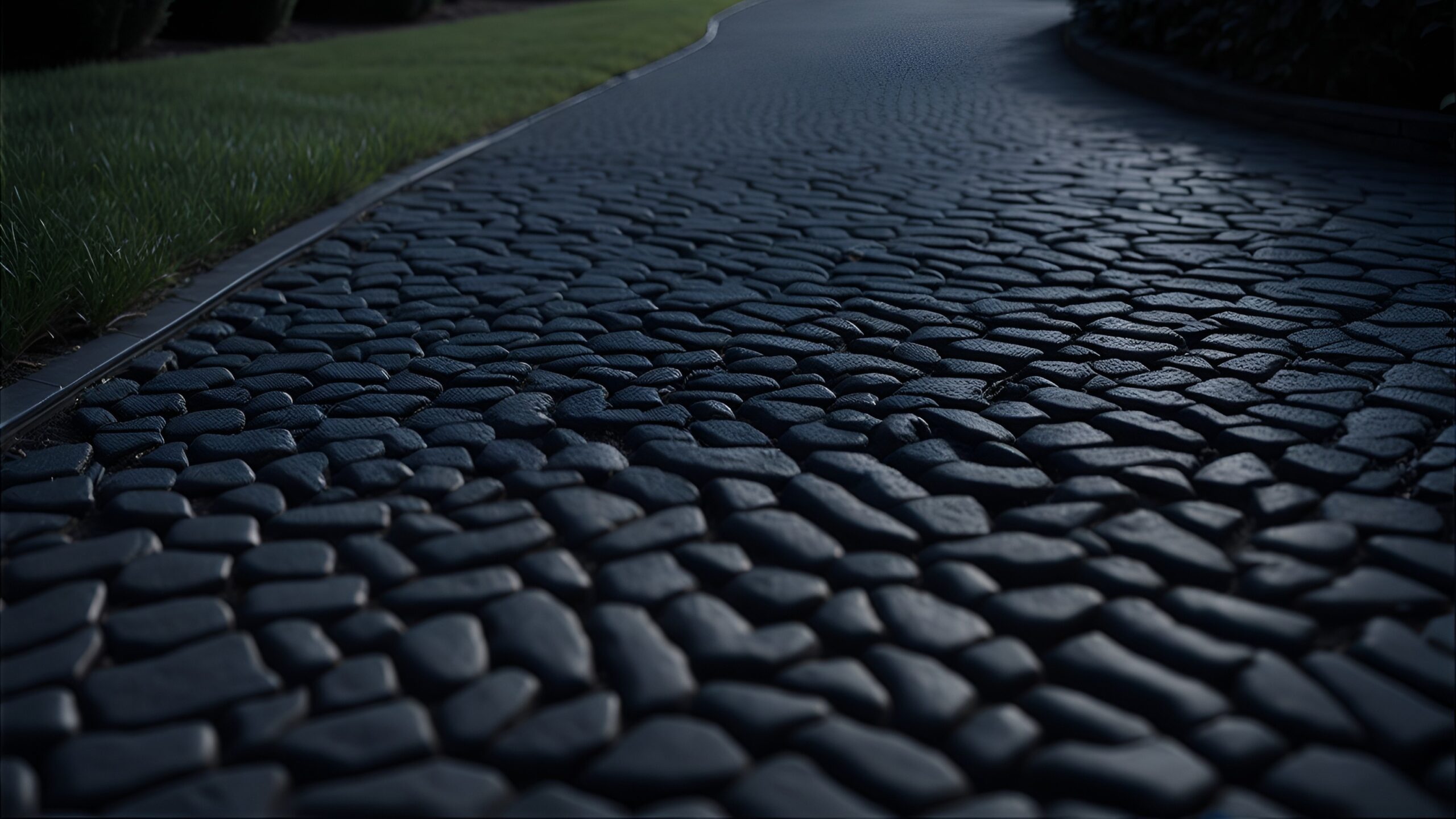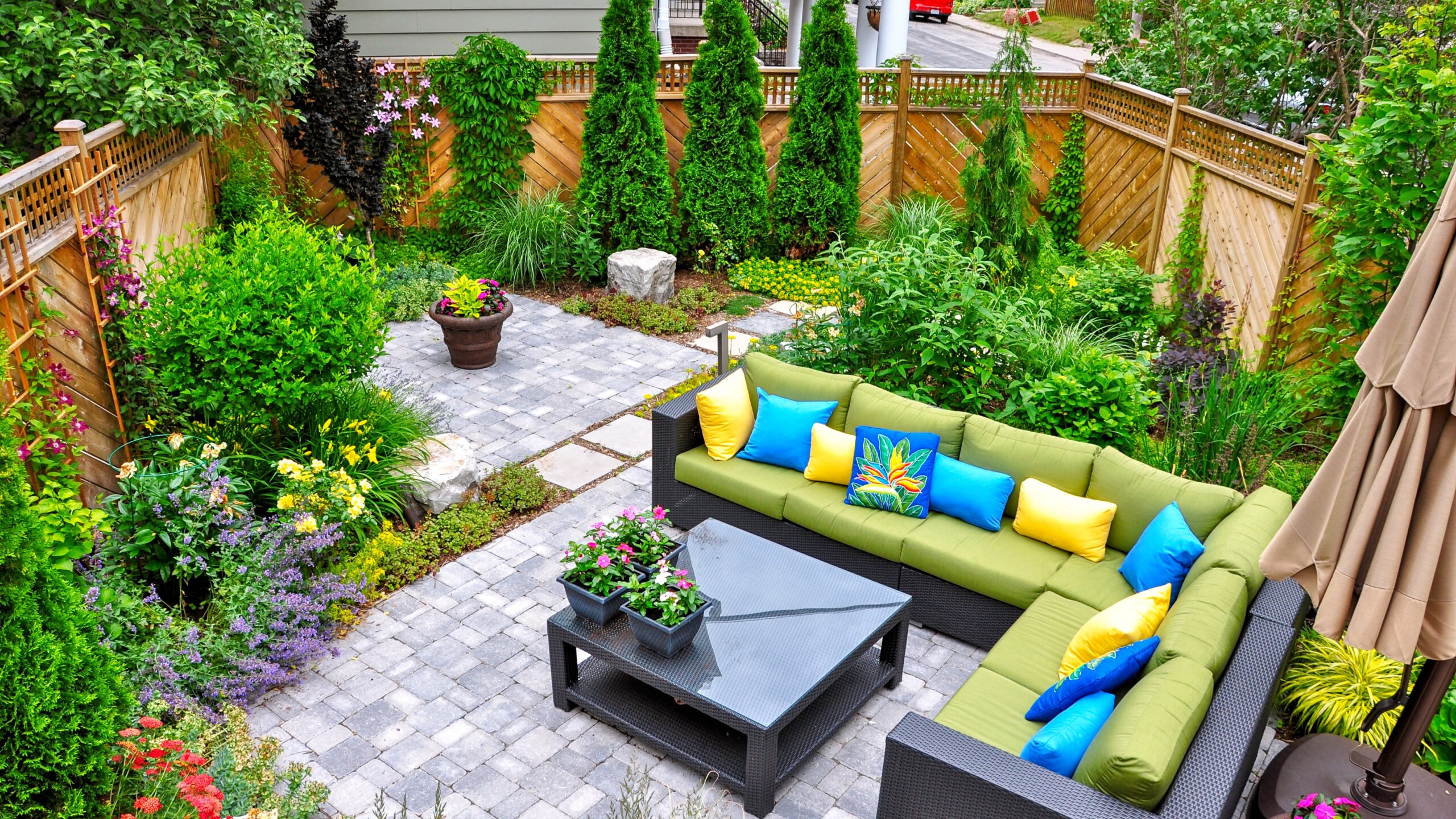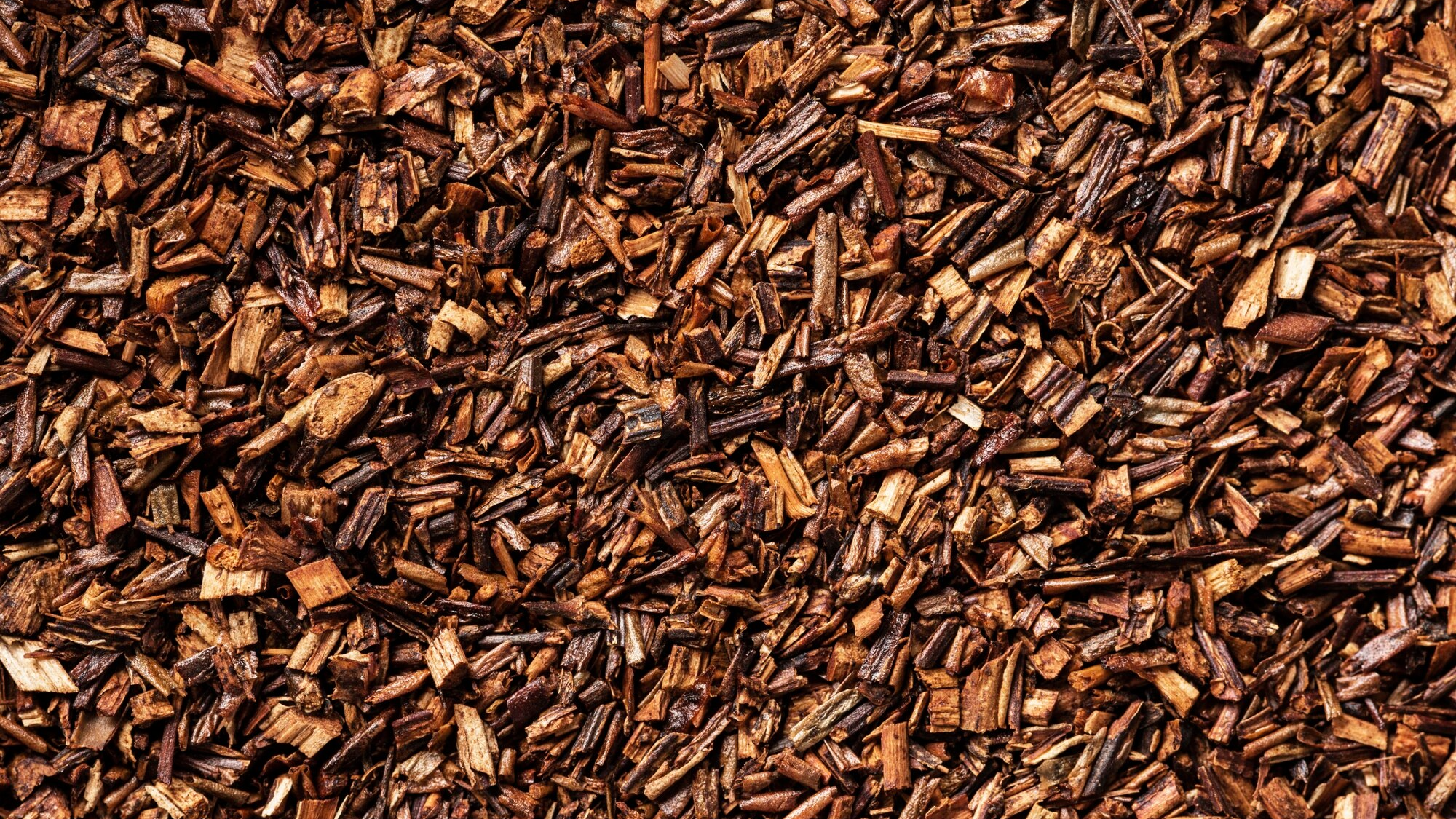The focus on sustainability and environmental awareness has increased in recent years, extending to various areas of our lives, including landscaping practices. While hardscaping, which involves non-living materials such as stone, concrete, and wood, may appear to be a deviation from traditional green landscaping, it can provide several environmental benefits when executed thoughtfully. Read further to understand how hardscaping can contribute to sustainability and environmental well-being.
Hardscaping elements like patios, pathways, and retaining walls aren’t just about aesthetics – they’re strategic tools for water conservation. When property owners swap out extensive turfgrass for hardscaped surfaces, they’re making a smart move to minimize irrigation needs. By hardscaping, individuals not only enhance the visual appeal of their outdoor spaces but also contribute to the preservation of local water resources and the promotion of sustainable water management practices.

Permeable hardscaping materials, like permeable pavers and gravel, provide an innovative solution to the persistent challenge of stormwater runoff. Unlike impermeable surfaces such as concrete or asphalt, which divert rainwater directly into storm drains, permeable hardscaping enables water to seep into the ground, replenishing groundwater reservoirs and curbing the threat of erosion and flooding.

Investing in well-designed hardscaping features can bring significant long-term benefits, both financially and environmentally. Unlike traditional landscaping elements that require frequent upkeep and replacement, hardscaping materials like concrete, stone, and brick are praised for their resilience and lasting quality. Opting for hardscaping solutions that are known for their longevity can effectively reduce resource consumption associated with landscaping overhauls, including water, energy, and raw materials.

Hardscaping offers several notable environmental advantages, including its ability to protect and enhance natural habitats. Traditional landscaping methods often involve removing indigenous vegetation to make space for lawns and gardens, which disturbs local ecosystems and reduces biodiversity. In contrast, hardscaping reduces the amount of vegetated space, allowing for the preservation of natural habitats and the protection of native flora and fauna. By creating a harmonious relationship between constructed environments and natural landscapes, hardscaping plays a crucial role in promoting ecosystem health and resilience, which helps to advance biodiversity conservation efforts at both local and regional levels.
Strategic placement of hardscaping features can significantly impact the energy efficiency of outdoor spaces and adjacent buildings. For instance, walls, fences, and trellises positioned strategically can provide shade during hot summer months, reducing the need for air conditioning and lowering energy consumption. Similarly, hardscaping elements like windbreaks can help mitigate heat loss during cold weather, improving the thermal comfort of indoor spaces and decreasing reliance on heating systems.
Hardscaping can be an eco-friendly landscaping solution that enhances outdoor spaces while minimizing environmental impact by incorporating permeable materials, reducing water consumption, managing stormwater effectively, and promoting biodiversity. When planning hardscaping projects, prioritizing sustainability and thoughtful design can maximize the environmental benefits and create lasting positive environmental impacts.
If your outdoor oasis is in need of a refresh, Contact us to get started on your custom hardscaping project.



